Classic Italian Savoiardi: Light, Crisp, Perfect
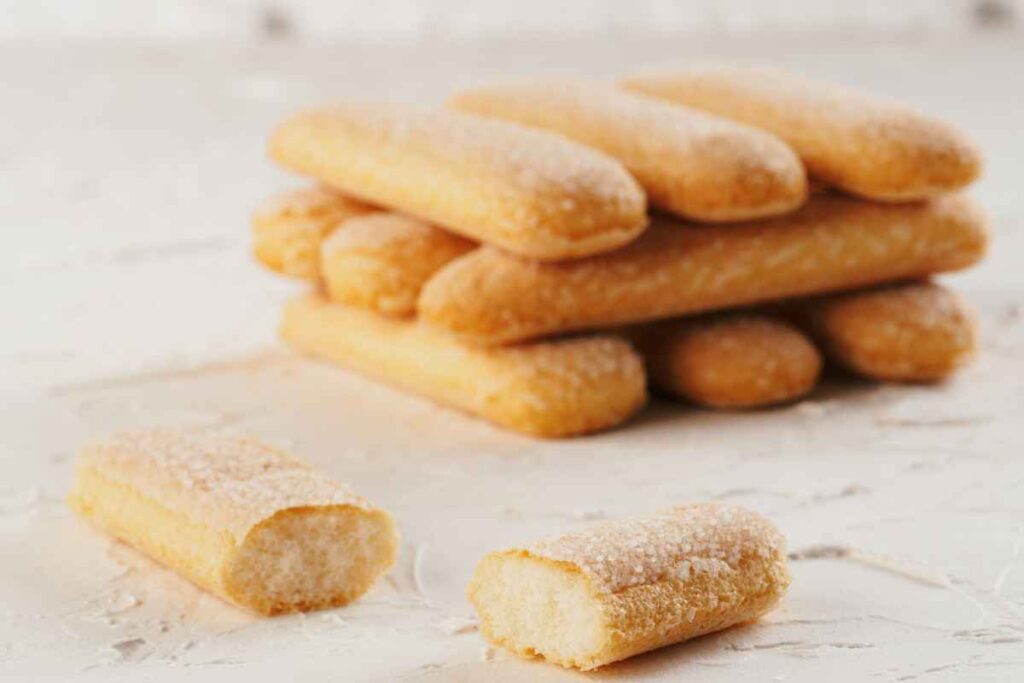
Savoiardi—often called ladyfingers—are the airy, delicately sweet sponge biscuits that give structure to tiramisù and charlotte cakes.
Their charm lies in the contrast: crisp on the outside, tender within, and sturdy enough to soak up espresso, liqueur, or fruit syrups without falling apart. Making them at home is surprisingly approachable.
With a few simple ingredients, careful mixing, and a hot oven, you’ll create biscuits that taste fresher and more fragrant than any store-bought box.
Indulge Your Sweet Tooth – Discover Irresistible Dessert Recipes!
What Makes Savoiardi Different
Unlike butter cookies, these biscuits rely on whipped eggs for lift. The batter is a foam stabilized by sugar and lightly strengthened with flour and a touch of starch. That foam structure gives Savoiardi their signature lightness and snap. B
ecause there’s no butter or oil in the batter, the flavor is clean and egg-forward, and the texture dries to a crisp shell that holds perfectly in layered desserts.
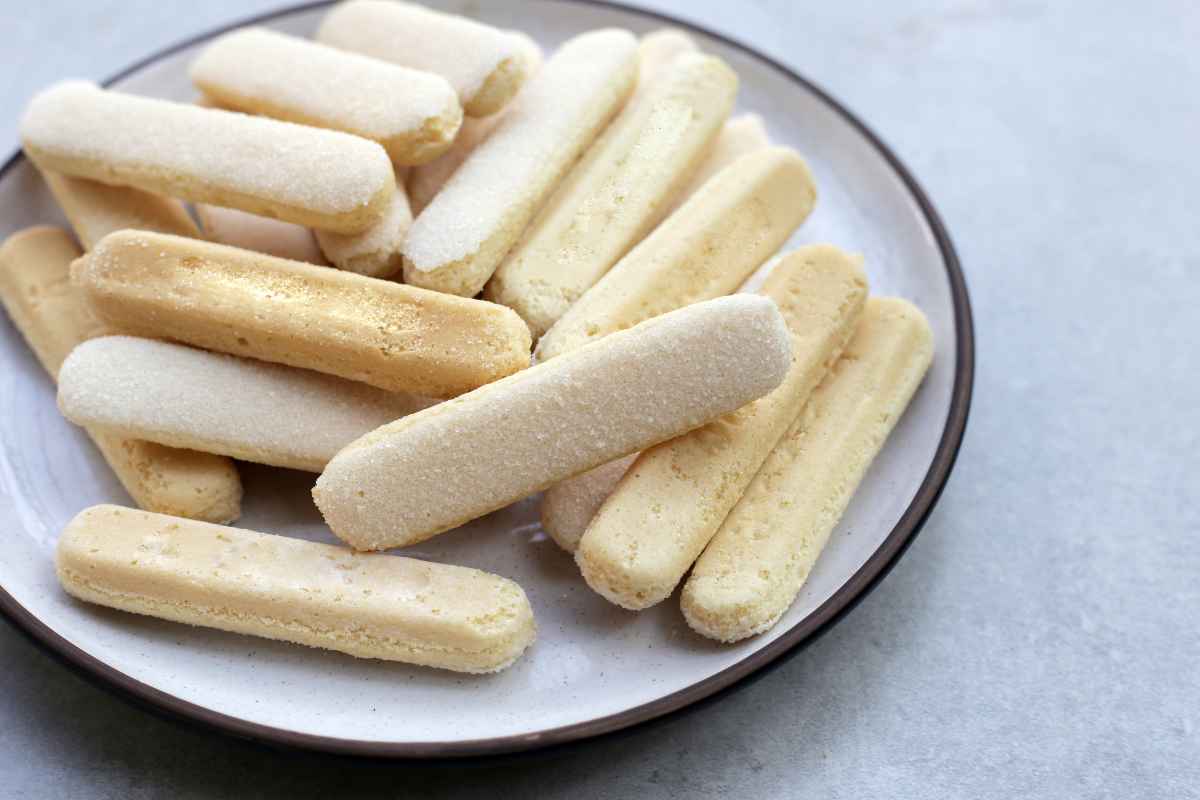
Ingredients and Simple Ratios
For about 36 medium biscuits:
- 4 large eggs, separated and at room temperature
- 150 g (¾ cup) granulated sugar, divided
- 1 tsp vanilla extract (or seeds of ½ vanilla bean)
- 120 g (1 cup) cake flour (or all-purpose sifted well)
- 20 g (2½ Tbsp) cornstarch
- ¼ tsp fine salt
- Powdered sugar, for dusting
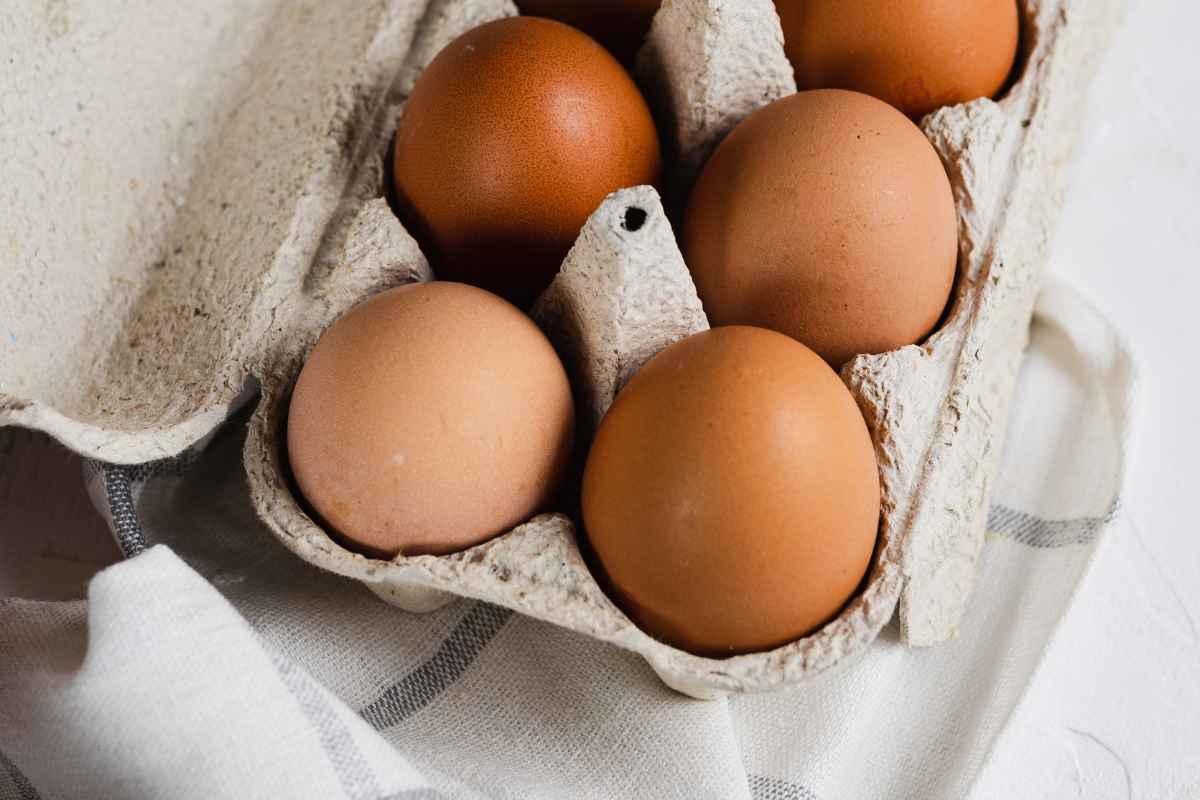
Room-temperature eggs whip faster and hold more air. The cornstarch helps keep the crumb delicate, while the small amount of salt sharpens flavor.
Tools That Help
A stand mixer or hand mixer, two baking sheets, parchment paper (or silicone mats), a large piping bag with a ½-inch round tip, and a fine-mesh sieve for dusting. You can pipe from a zip-top bag with a snipped corner, but a round tip gives cleaner edges.
Step-by-Step Method
1) Prepare the pans and preheat
Heat the oven to 375°F (190°C). Line two baking sheets with parchment. Lightly mist the parchment with water or brush with a whisper-thin film of neutral oil, then blot—this keeps the undersides from over-browning and helps release crisp biscuits cleanly.
2) Whip the yolks with sugar
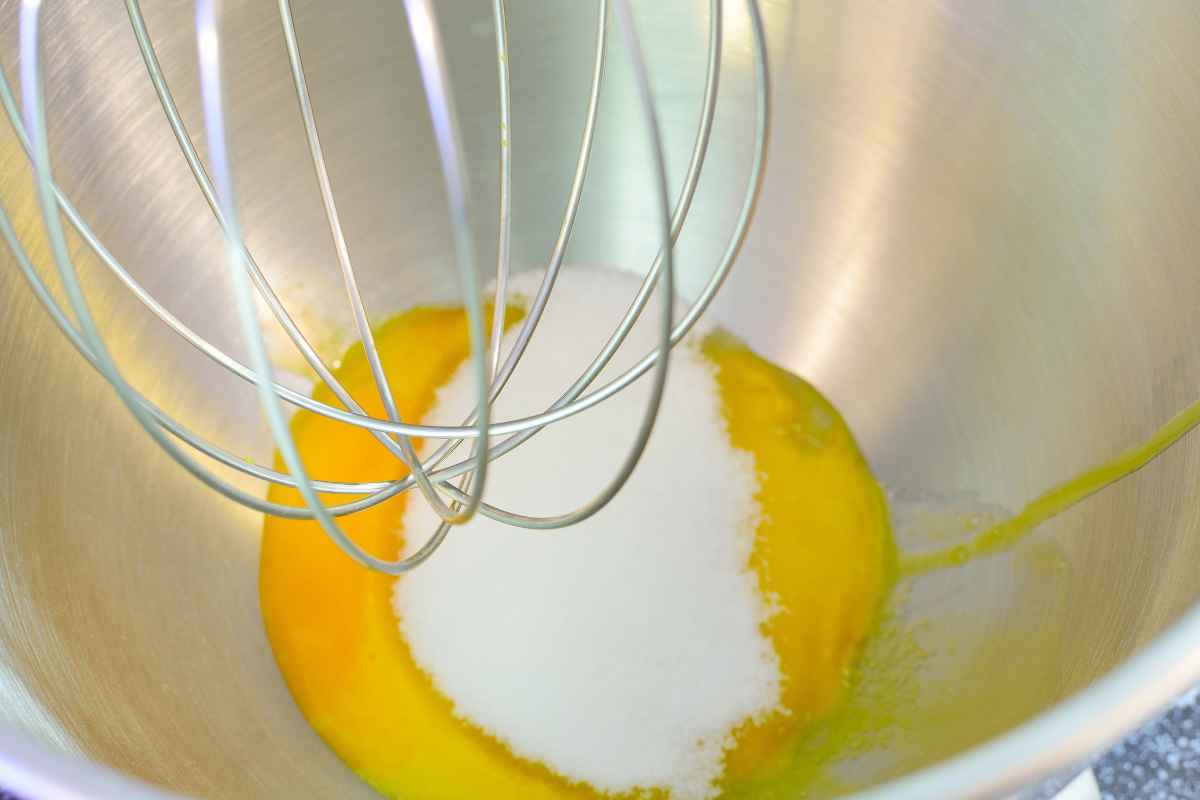
In a large bowl, beat the egg yolks with half the sugar (75 g) and the vanilla until the mixture is pale, thick, and forms ribbons that fall back on themselves, about 3–4 minutes with a mixer. This stage builds flavor and begins the structure.
3) Whip the whites to glossy peaks
In a clean bowl with spotless beaters, whisk the egg whites on medium until foamy. Sprinkle in the remaining sugar and salt in a slow shower, then increase to medium-high and beat until glossy, soft-to-medium peaks.
The meringue should hold a peak that gently curves at the tip; over-stiff whites are harder to fold and can deflate the batter.
4) Fold the bases together
Scrape one-third of the meringue into the yolk mixture and fold gently to lighten. Sift the flour and cornstarch together over the bowl in two additions, alternating with the remaining meringue.
Use a wide spatula and fold with slow, confident strokes, rotating the bowl and lifting from the bottom to avoid streaks. Stop as soon as the batter is uniform; over-mixing costs volume.
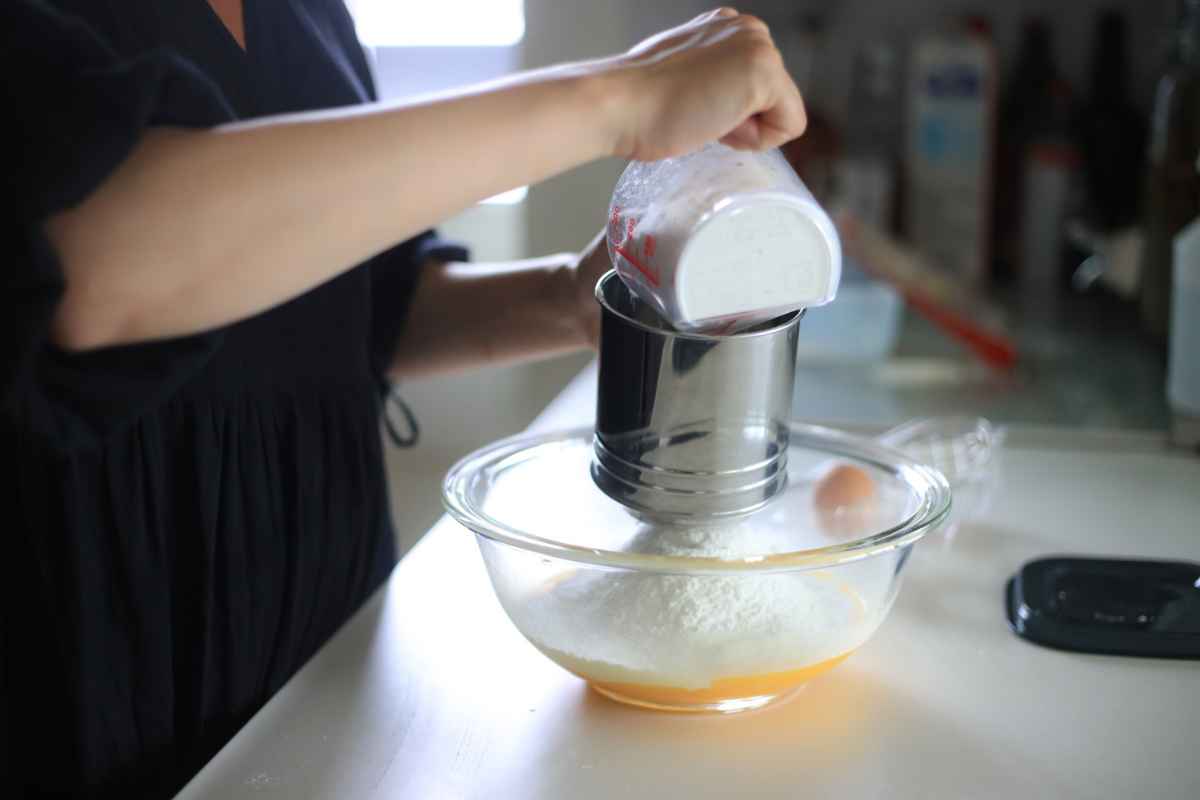
5) Pipe the biscuits
Transfer the batter to a piping bag fitted with the round tip. Pipe 4–4½-inch (10–11 cm) lines, leaving space between each for expansion. Keep the bag almost parallel to the sheet and squeeze evenly for straight, plump fingers.
To finish each strip cleanly, stop pressure first, then flick the tip up.
6) Double dust for a signature crust
Sift a light veil of powdered sugar over the piped batter. Wait 30 seconds and dust again. This double dusting creates the micro-crackle crust that makes Savoiardi so distinctive.
7) Bake hot, then dry
Bake one sheet at a time for 10–12 minutes, until the biscuits are light golden at the edges and puffed. They should feel set when tapped. For extra crispness, turn the oven down to 225°F (110°C), crack the door, and let the trays sit for 5–7 minutes to dry.
Slide the parchment onto a rack to cool. Once cool, the biscuits should be dry, crisp, and feather-light.
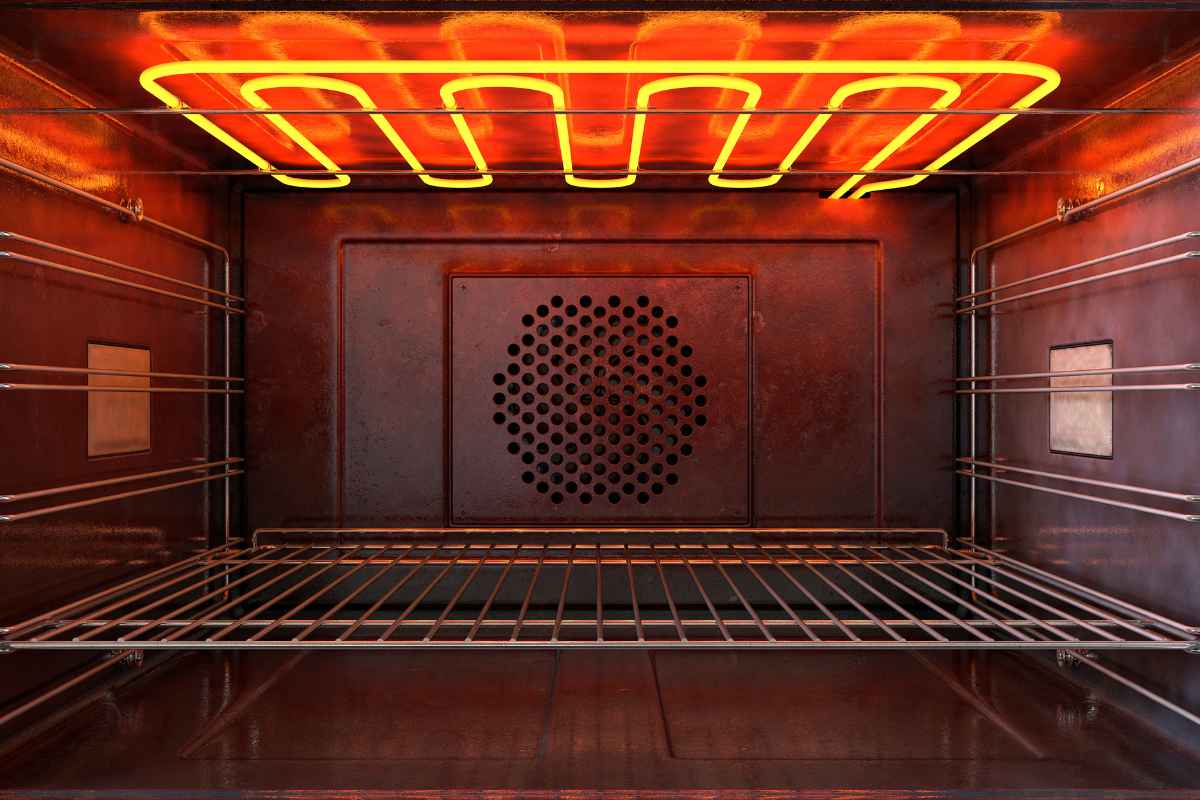
Texture Goals and How to Hit Them
The hallmark is delicate crispness that doesn’t shatter into dust. If your biscuits bake up pale and soft, they likely needed another minute or two in the initial bake, or the batter was over-folded and deflated.
If they brown too quickly, your oven may run hot—lower by 10–15°F next time and check earlier. A brief drying phase with the oven off helps finish the interior without deepening color.
Flavor Twists: Still Tiramisu-Friendly
Traditional Savoiardi are gently vanilla-scented, which keeps them versatile. That said, you can perfume the batter without losing character:
- A few drops of lemon oil or zest for a bright, clean finish
- ½ tsp almond extract for a richer aroma (go light—almond is potent)
- Seeds from a fresh vanilla bean for a more floral profile
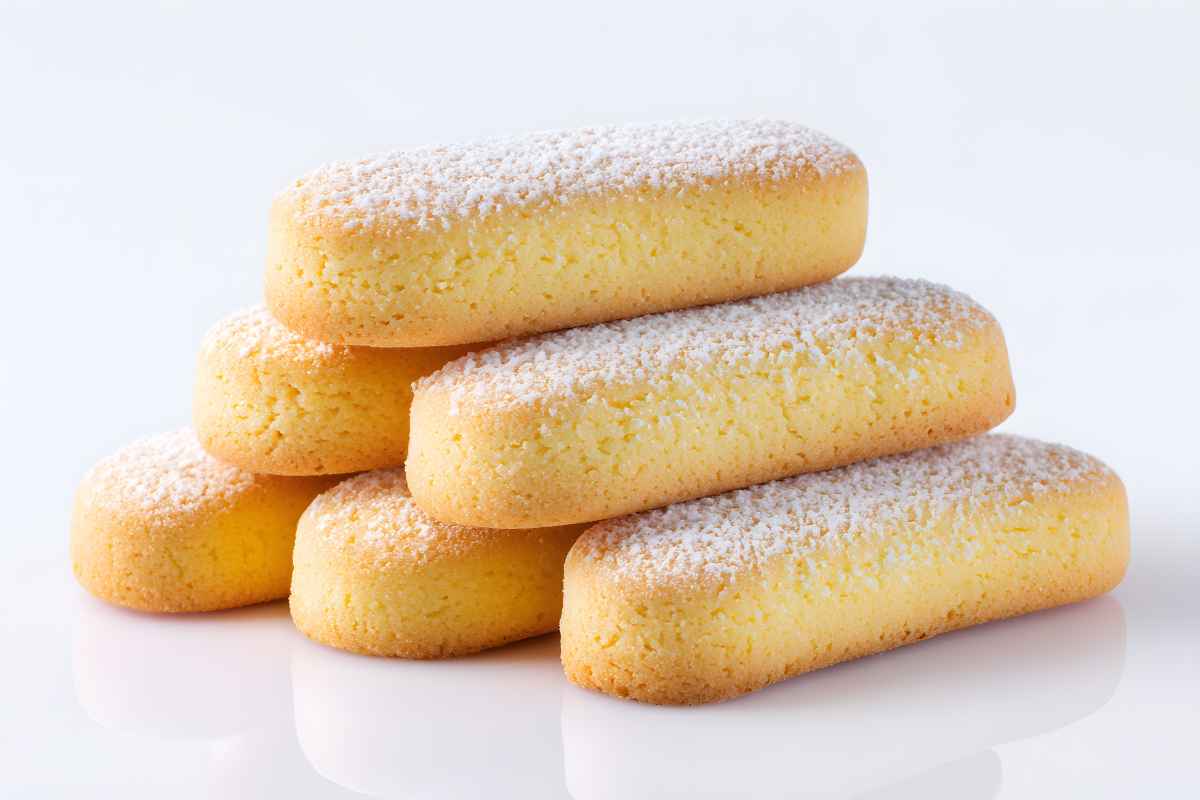
Keep additions restrained so the biscuits remain neutral enough for soaking.
Tips for Piping Like a Pro
Aim for consistent thickness so all fingers bake evenly. If the batter seems to spread, it’s slightly under-whipped or warm; pop the bag in the fridge for 5 minutes and try again.
For picture-perfect edges, pipe a tiny test strip, bake it quickly in a toaster oven, and adjust your pressure before committing to the full tray. Precision at the piping stage yields professional results later.
Storage, Freezing, and Make-Ahead
Savoiardi stale beautifully—in a good way. Once completely cool, store in an airtight tin at room temperature for up to one week. They maintain crispness best in a dry environment.
For longer storage, freeze in a zip-top bag for up to two months. To refresh, set them in a 275°F (135°C) oven for 5–7 minutes; they’ll re-crisp without browning further. This make-ahead friendliness is why homemade Savoiardi are fantastic to keep on hand for desserts.

How to Use Them Beyond Tiramisu
Of course, tiramisù is the star: dip each biscuit quickly in strong coffee (add a dash of marsala or dark rum if you like), then layer with mascarpone cream and cocoa.
But the same structure works for fruit-forward desserts. For a berry charlotte, dip in raspberry syrup, line a mold, and fill with light mousse.
For a weeknight treat, sandwich two fingers with lemon curd or dark chocolate ganache—the crisp shell and silky filling make an elegant, five-minute dessert. Crumbled Savoiardi also bring texture to parfaits and make a refined base for icebox cakes.
Why Homemade Is Worth It
Fresh Savoiardi carry a warm, eggy aroma and a lively snap that packaged versions rarely deliver. You control the sweetness, the level of vanilla, and the exact size for your dessert molds.
Most importantly, you avoid the staling and humidity swings that make store-bought cookies unpredictable in soaks. Once you’ve mastered the technique, a batch comes together in under an hour, and the payoff in flavor and texture is immediate.
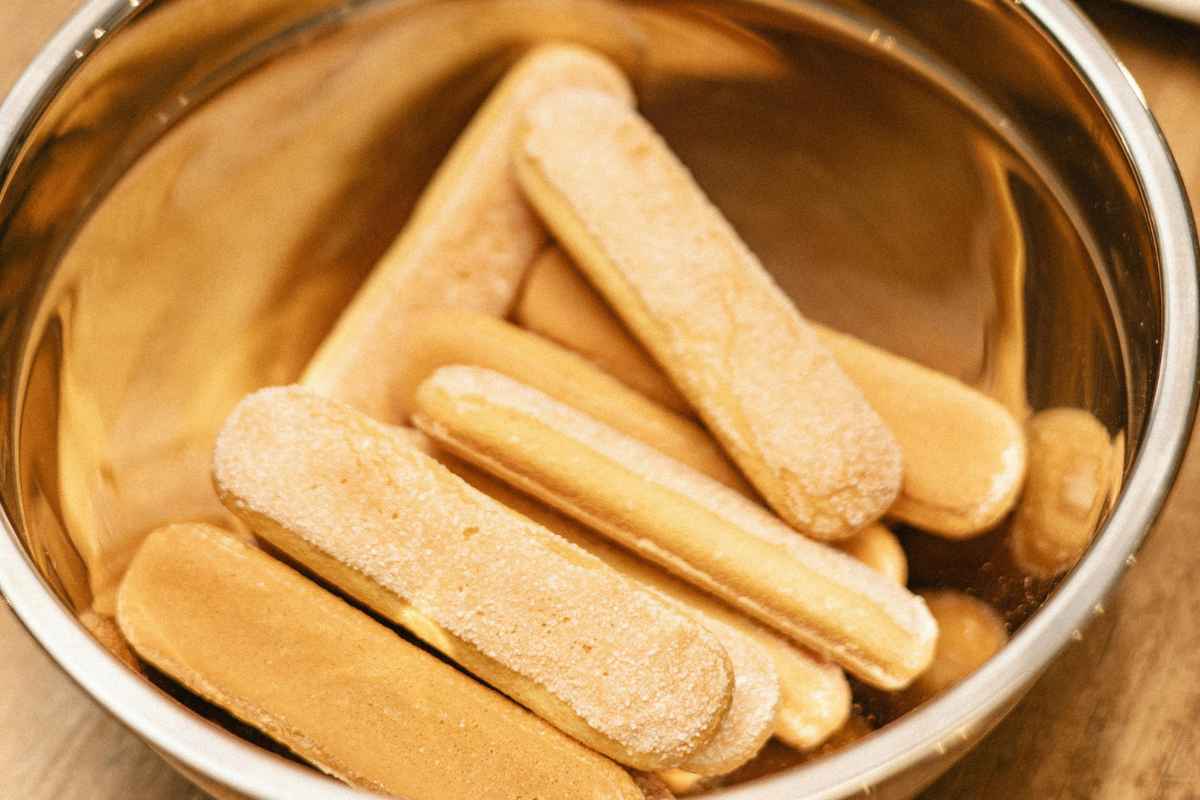
Savoiardi Confidence, Batch After Batch
Approach the process with patience, and focus on the two critical skills: properly whipped eggs and gentle folding. Keep your oven hot, your dusting light, and your piping consistent.
With those habits in place, you’ll have a reliable supply of crisp, elegant biscuits for tiramisù, charlottes, and any dessert that needs a delicate, absorbent sponge.
Bake a tray today and enjoy how this classic Italian staple turns simple ingredients into beautiful structure and flavor.
Enjoy Watching This Video with a Similar Recipe

Source: The Cooking Foodie
Did you find this post useful or inspiring? Save THIS PIN to your Cooking Board on Pinterest!
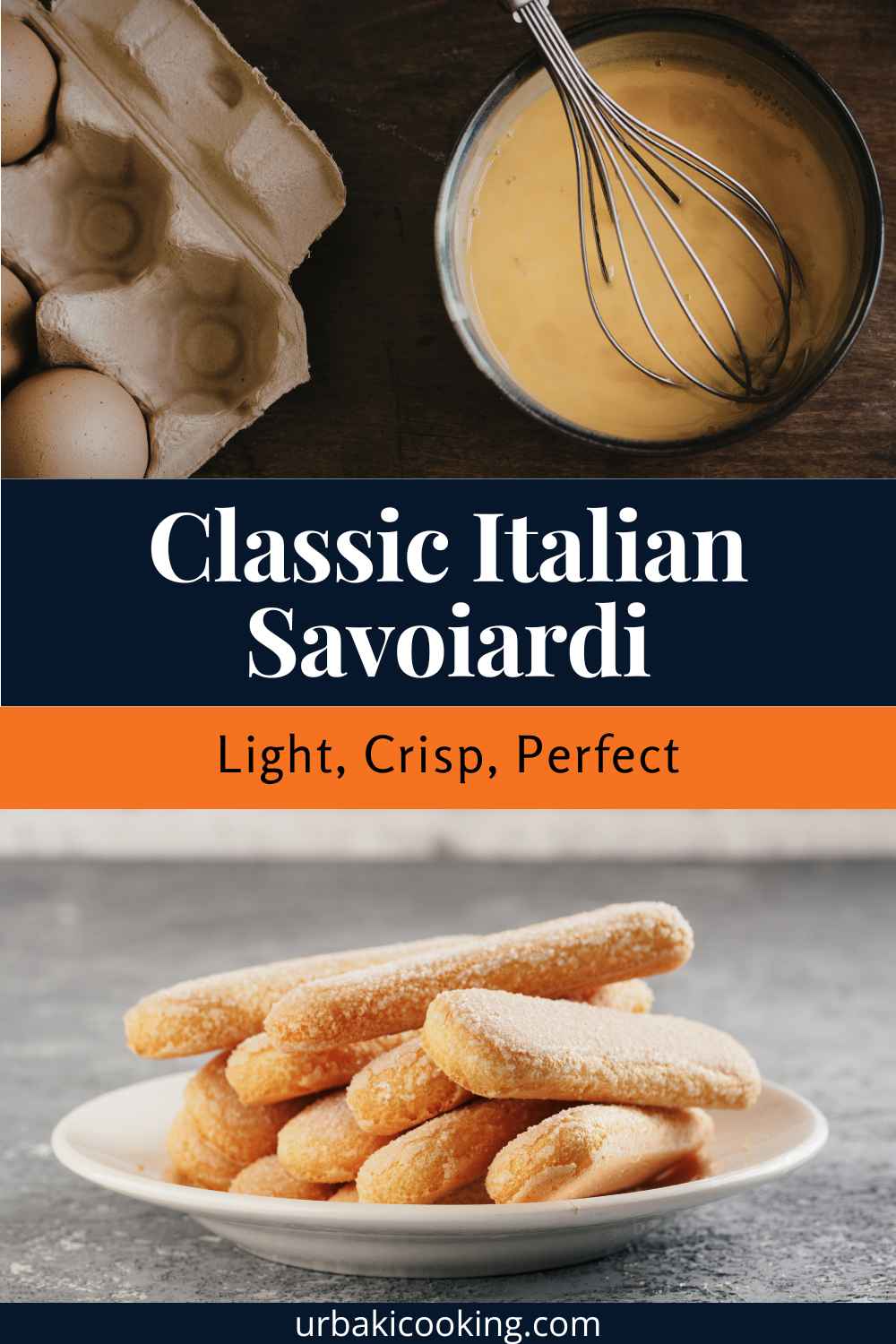

Other Recipes You’ll Love 😍